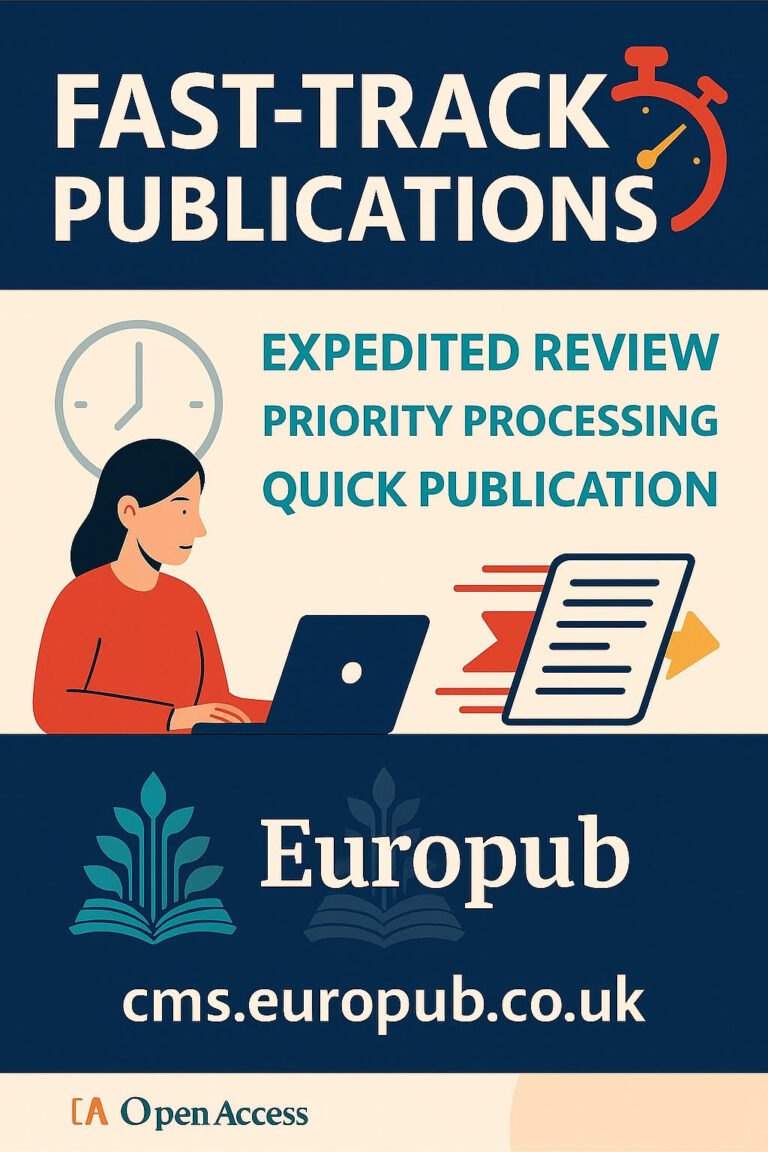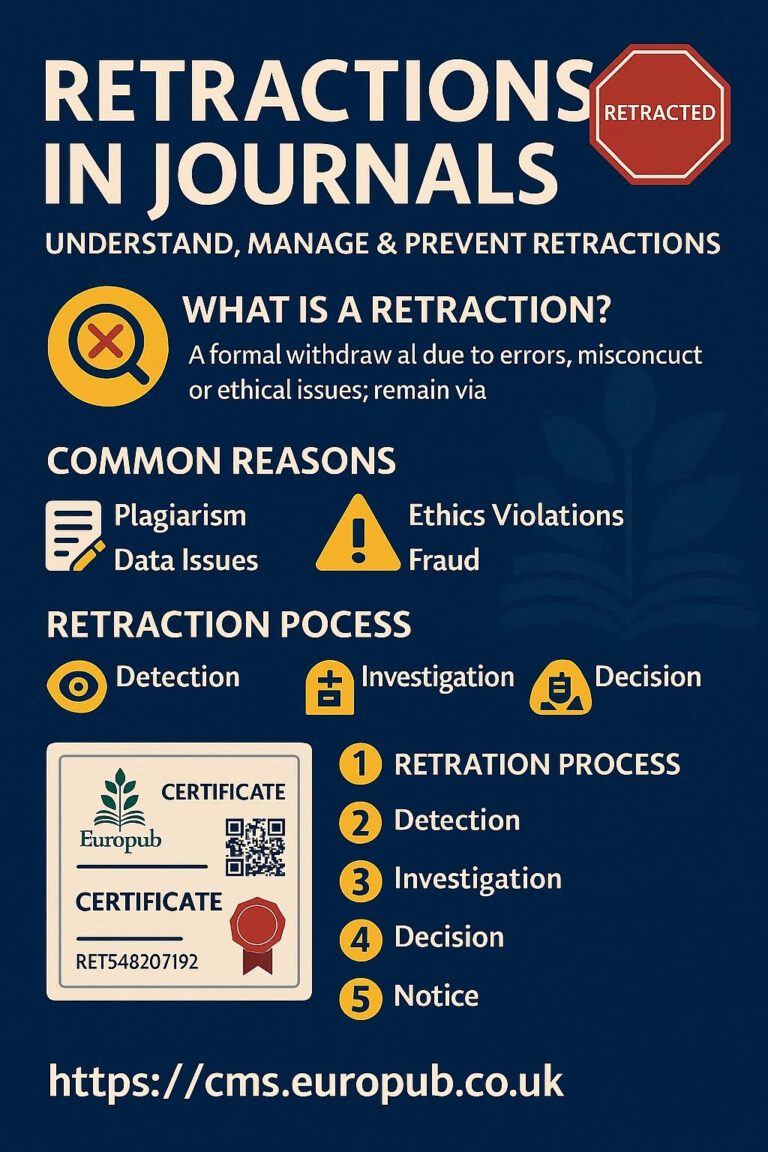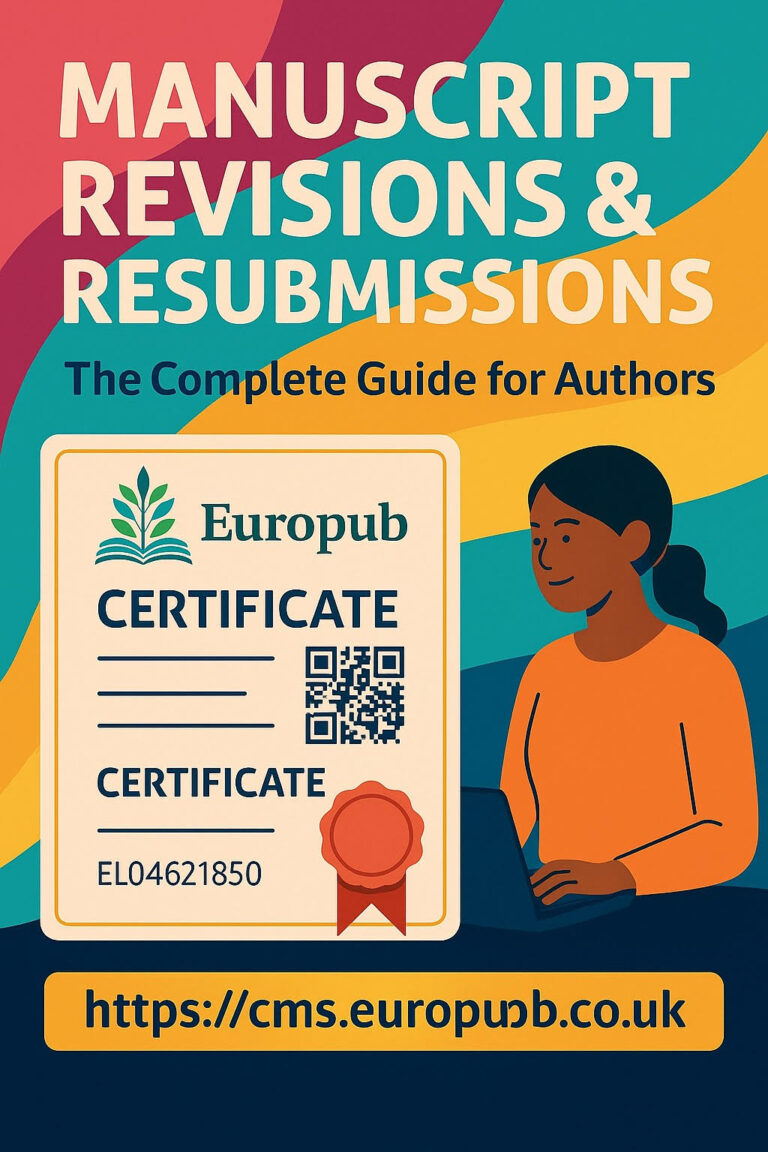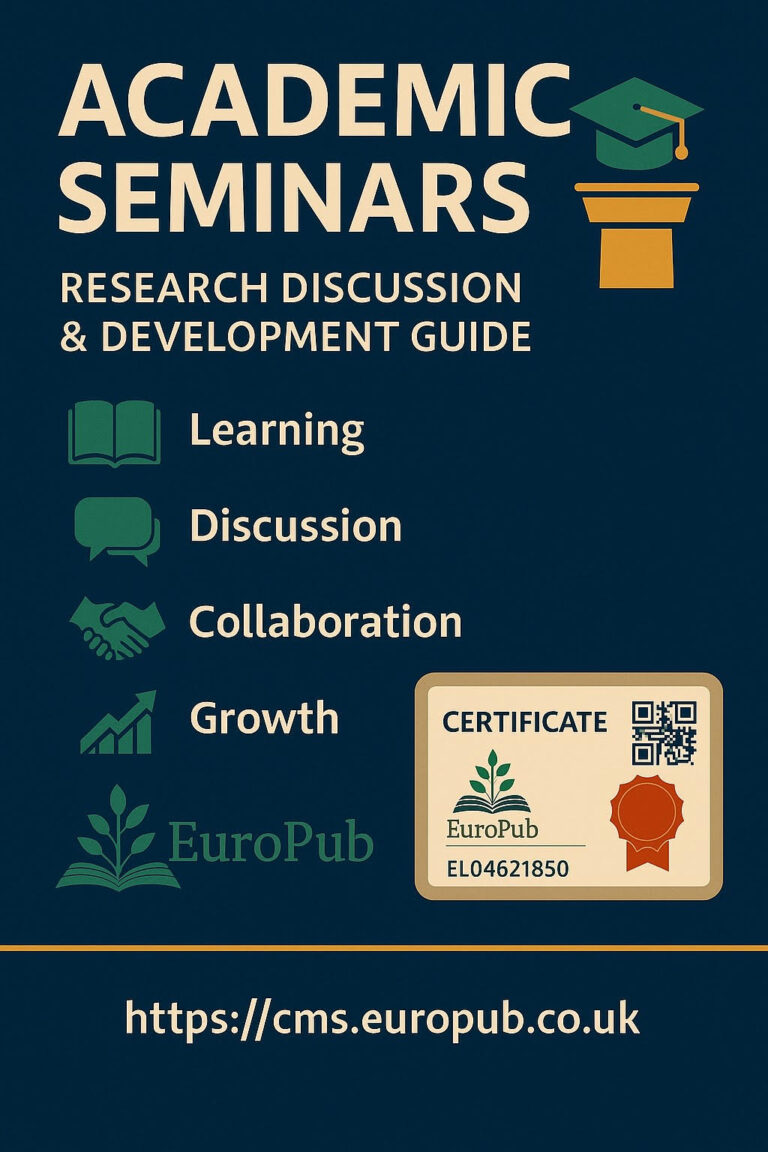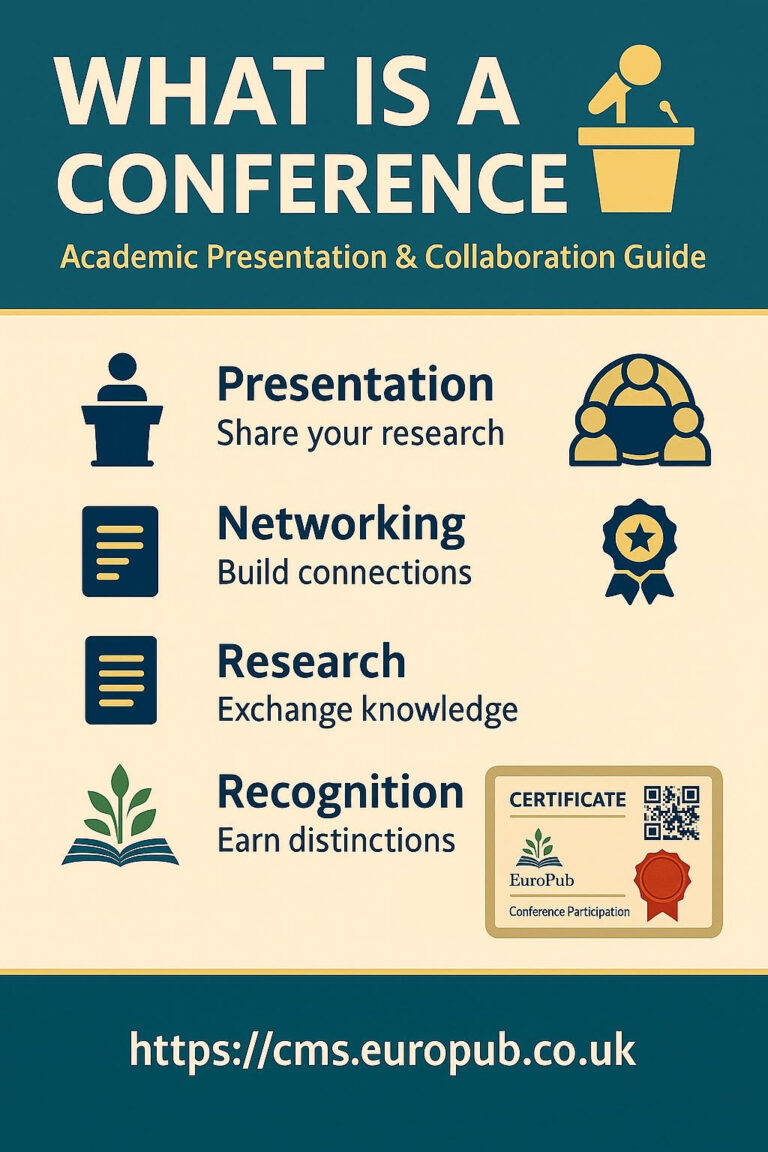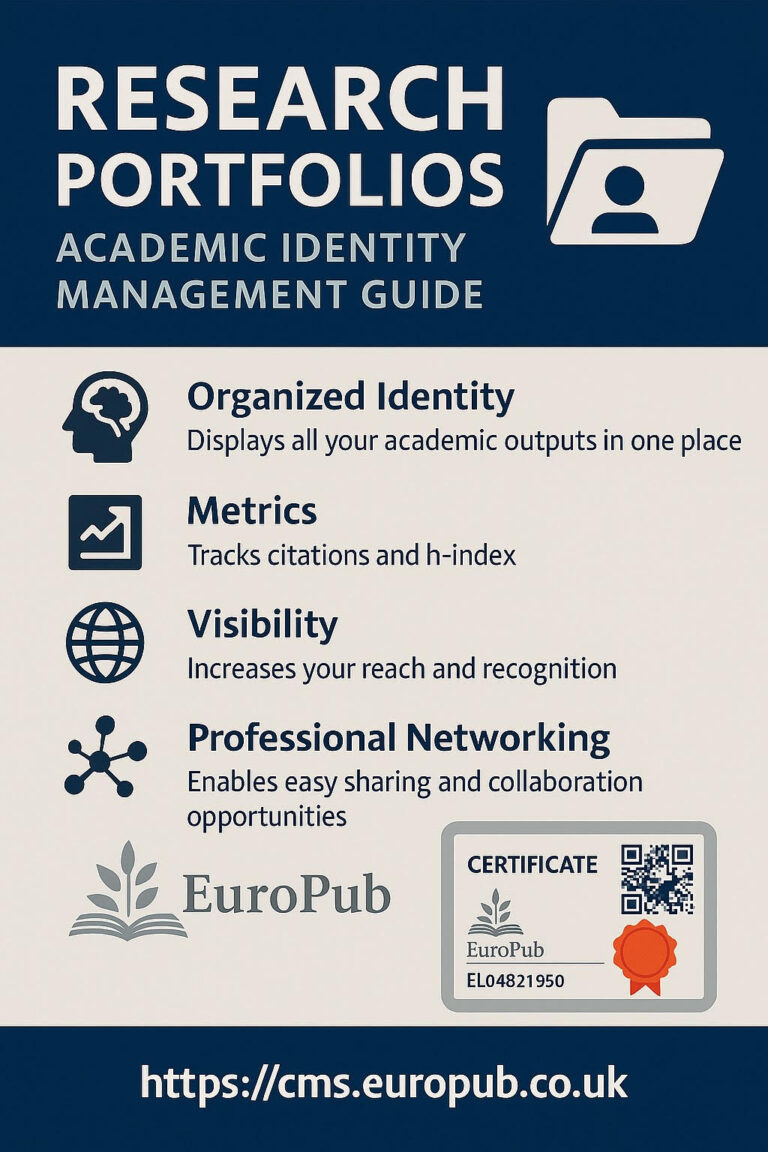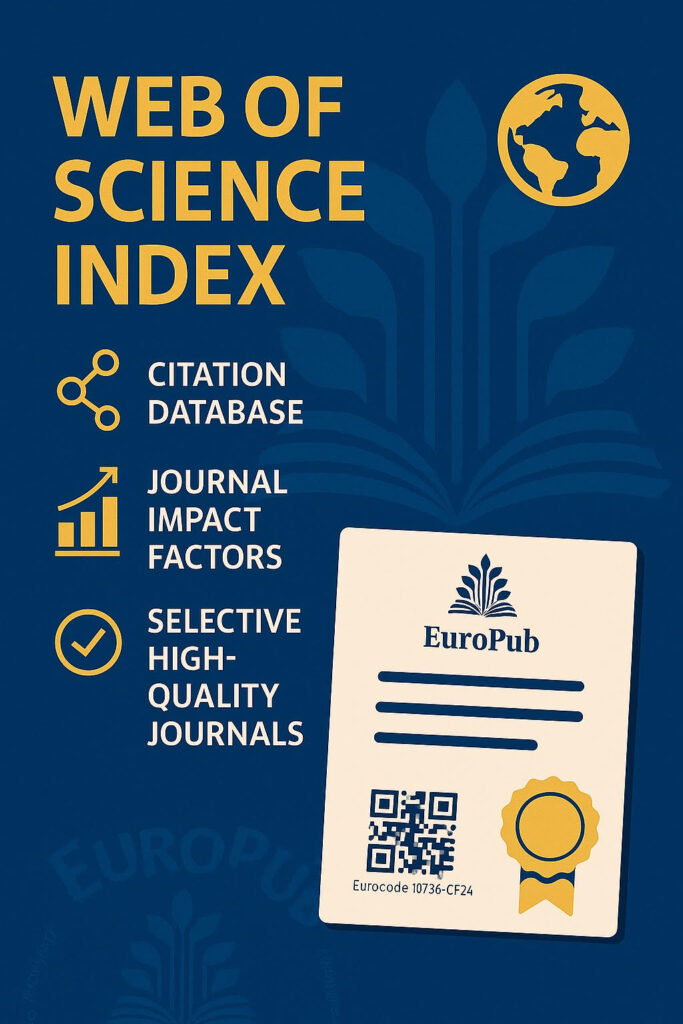
1. Introduction
The Web of Science (WoS) is one of the world’s most prestigious and oldest scientific citation databases. Originally developed by the Institute for Scientific Information (ISI) in the 1960s under Eugene Garfield, it was later acquired by Thomson Reuters and is now managed by Clarivate Analytics.
It is widely considered a gold standard in academic indexing, used globally for journal rankings, research evaluation, and funding decisions.
2. Coverage and Scope
- Over 21,000 peer-reviewed journals indexed.
- Covers 250+ disciplines across science, technology, medicine, social sciences, arts, and humanities.
- Includes conference proceedings, books, patents, and datasets.
- Global coverage with journals from over 100 countries.
3. Core Citation Indexes
The WoS Core Collection is divided into specialized indexes:
- SCIE (Science Citation Index Expanded): Sciences & engineering.
- SSCI (Social Sciences Citation Index): Social science disciplines.
- AHCI (Arts & Humanities Citation Index): Humanities research.
- ESCI (Emerging Sources Citation Index): New journals under evaluation for promotion into SCIE/SSCI/AHCI.
4. Importance of WoS
- Credibility & Prestige: Journals indexed in WoS are highly respected.
- Citation Tracking: Enables researchers to measure their impact.
- Journal Evaluation: Provides Impact Factors via Journal Citation Reports (JCR).
- Career Advancement: Publishing in WoS journals is essential for tenure, funding, and promotions.
- Policy & Rankings: Data from WoS is used in global university rankings (QS, THE, ARWU).
5. Evaluation Criteria for Journals
For a journal to be indexed in WoS, it must meet rigorous criteria:
- High-quality peer review and editorial standards.
- Transparency in editorial policies.
- Ethical publishing following COPE guidelines.
- Regular publication frequency.
- Global diversity in editorial board and authorship.
- Citation performance and academic relevance.
6. Metrics and Indicators
WoS provides multiple bibliometric indicators:
- Impact Factor (IF): Average number of citations per article.
- h-index: Author-level impact measure.
- Immediacy Index: How quickly articles are cited.
- Eigenfactor Score: Journal influence measurement.
- Quartiles (Q1–Q4): Relative ranking within a discipline.
7. Advantages
 Prestigious recognition for researchers.
Prestigious recognition for researchers. Increased global visibility and citation chances.
Increased global visibility and citation chances. Reliable source for funders and academic institutions.
Reliable source for funders and academic institutions. Supports interdisciplinary research discovery.
Supports interdisciplinary research discovery.
8. Limitations
 Highly selective, so many quality journals are excluded.
Highly selective, so many quality journals are excluded. Expensive subscription fees (access limited to universities/institutes).
Expensive subscription fees (access limited to universities/institutes). Sometimes criticized for English-language bias.
Sometimes criticized for English-language bias.
9. Steps to Verify if a Journal is Indexed in WoS
- Go to the Master Journal List (Clarivate).
- Search by journal name, ISSN, or publisher.
- Check whether the journal is in SCIE, SSCI, AHCI, or ESCI.
10. Role of Journal Citation Reports (JCR)
- Provides official Impact Factor.
- Allows comparison of journals within the same discipline.
- Publishes annual rankings.
11. Europub Certification Services
Europub helps researchers, editors, and journals working with WoS-indexed publications by offering:
 Certificates for authors, editors, reviewers.
Certificates for authors, editors, reviewers. Verification through https://cms.europub.co.uk.
Verification through https://cms.europub.co.uk. News and guidance at https://news.europub.co.uk.
News and guidance at https://news.europub.co.uk. Global indexing and certification at https://europub.co.uk.
Global indexing and certification at https://europub.co.uk.
Extended FAQ (30+ Questions on WoS)
Q1. What is Web of Science (WoS)?
A: A curated academic citation database covering top journals, books, and conference proceedings.
Q2. Who owns WoS?
A: Managed by Clarivate Analytics.
Q3. How old is WoS?
A: Originated in the 1960s under ISI by Eugene Garfield.
Q4. What is the difference between WoS and Scopus?
A: WoS is more selective and prestigious; Scopus covers more journals but with looser criteria.
Q5. What is SCIE?
A: Science Citation Index Expanded – covers natural sciences and engineering journals.
Q6. What is SSCI?
A: Social Sciences Citation Index – covers fields like economics, sociology, psychology, etc.
Q7. What is AHCI?
A: Arts & Humanities Citation Index – covers philosophy, literature, arts, and culture.
Q8. What is ESCI?
A: Emerging Sources Citation Index – includes new journals being evaluated.
Q9. Does WoS provide Impact Factors?
A: Yes, through Journal Citation Reports (JCR).
Q10. What is the Impact Factor?
A: A measure of the average citations a journal receives per article.
Q11. Can all journals get indexed in WoS?
A: No, only those meeting strict editorial and citation standards.
Q12. How do I know if a journal is fake but claims to be WoS indexed?
A: Always verify via Clarivate Master Journal List.
Q13. Is Web of Science free?
A: No. Institutional subscription required.
Q14. Can individuals get access?
A: Usually through university or research institute credentials.
Q15. Do all WoS journals have Impact Factor?
A: No. Only journals in SCIE and SSCI get official IF in JCR.
Q16. How often is WoS updated?
A: Weekly updates for new citations and articles.
Q17. Are conference proceedings indexed?
A: Yes, if published in selected series recognized by Clarivate.
Q18. Can books be indexed?
A: Yes, through the Book Citation Index (BCI).
Q19. What about patents?
A: WoS includes patents in its Derwent Innovations Index.
Q20. What’s the role of WoS in academic promotions?
A: Publishing in WoS journals is often required for tenure, promotions, and research grants.
Q21. How do universities use WoS?
A: For research evaluation, ranking, and grant applications.
Q22. What’s the difference between WoS Core Collection and All Databases?
A: Core Collection = selective high-quality journals; All Databases = broader coverage including regional sources.
Q23. Can a journal be in both Scopus and WoS?
A: Yes, many journals are indexed in both.
Q24. What is Quartile Ranking (Q1–Q4)?
A: Division of journals within a subject area based on Impact Factor percentiles.
Q25. Which countries have the most WoS indexed journals?
A: USA, UK, Netherlands, China, Germany.
Q26. Is WoS biased toward English journals?
A: It primarily covers English journals but includes selected high-quality non-English journals.
Q27. Can researchers track citations of their papers in WoS?
A: Yes, WoS provides author profiles and citation tracking.
Q28. What is the h-index?
A: An author-level metric showing productivity and citation impact.
Q29. How do funders use WoS data?
A: To evaluate researcher productivity and journal quality.
Q30. Can journals lose their WoS indexing?
A: Yes, if they fail to maintain quality standards.
Q31. What is the Immediacy Index?
A: A measure of how quickly papers in a journal are cited.
Q32. How does WoS contribute to global rankings?
A: QS, THE, and ARWU all use WoS citation data in their methodologies.
